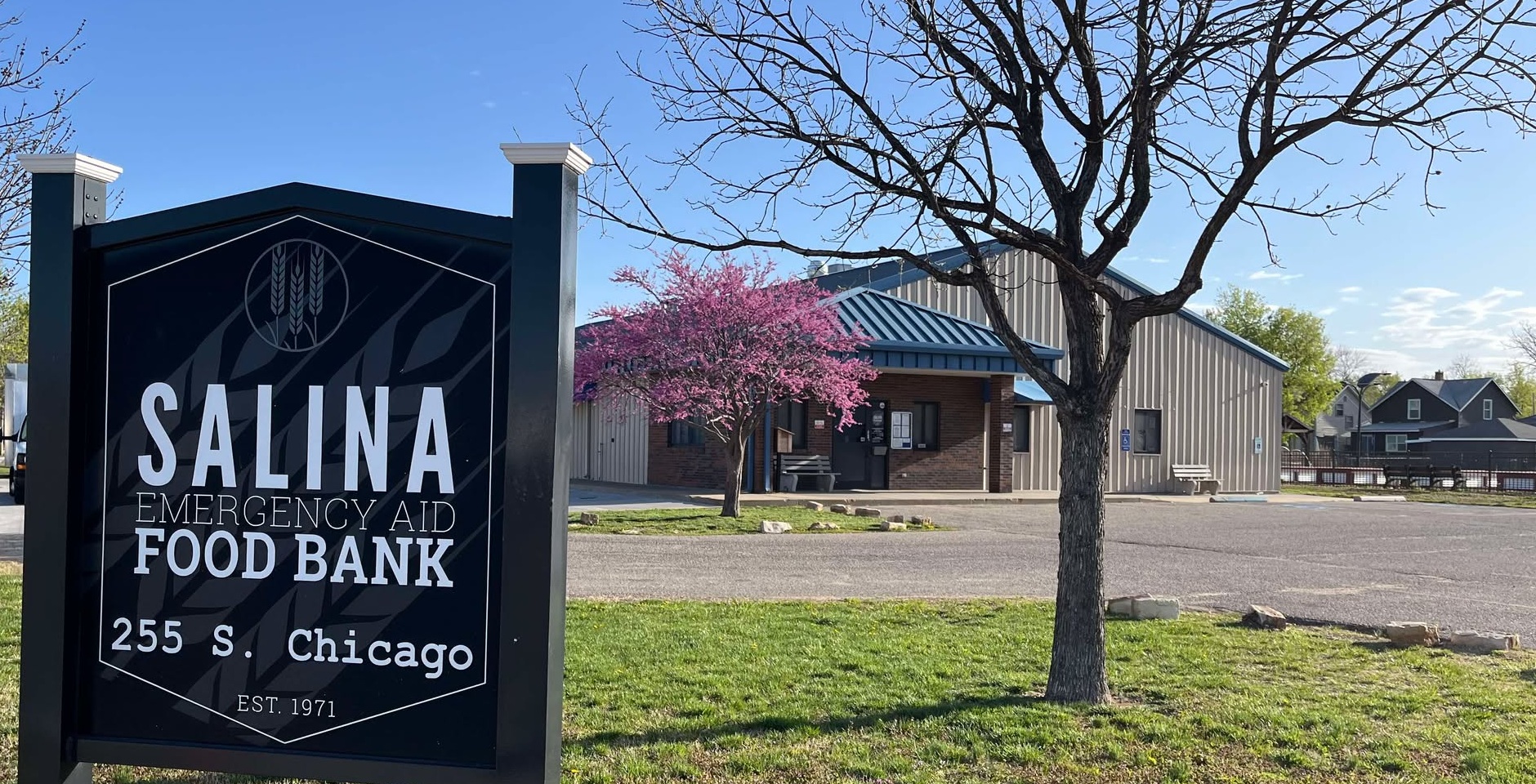It’s officially the deadliest time of the year for teenage drivers. AAA Kansas says the 100 days between Memorial Day and Labor Day is when there are the most accidents involving teens. It’s also when teens are more susceptible to risky behavior, like speeding and distracted driving.
Memorial Day marked the unofficial start of summer and a dangerous time of year for young drivers. Nationwide, more than 30 percent of deaths involving teen drivers occur during what’s called the “100 Deadliest Days” – a period that runs from Memorial Day to Labor Day.
According to NHTSA, nearly half of teen driver-related deaths occur during the 100 Deadliest Days. A total of nearly 6,700 people were killed during this period, from 2013-2022. In 2022 alone, 707 people were killed in these types of crashes – a 10% increase over pre-pandemic 2019.
Traffic crashes are the leading cause of death for teens ages 16-19. For every mile driven, new teen drivers (ages 16 – 17) are three times more likely to be involved in a deadly crash compared to adults.
- Distracted driving. Distraction plays a role in nearly six out of ten teen crashes. Electronics like cell phones and in-vehicle infotainment systems are considered the second-biggest distraction to teen drivers. The biggest distractions are teen passengers.
- Driving with teen passengers. Research shows that the risk of a fatal crash increases in direct relation to the number of teenagers in a car (NHTSA). Having other passengers in the car can contribute to peer pressure and the impulse to engage in dangerous habits like speeding and aggressive driving.
- Speeding. Speeding is a factor in nearly 30 percent of fatal crashes involving teen drivers.
- Not wearing a safety belt. Teens who buckle up significantly reduce their risk of dying or being seriously injured in a crash.
AAA’s Advice for Parents
- Lead by example. Minimize risky behavior when you drive. Don’t drive aggressively, avoid distractions, and always wear your seatbelt. Your driving skills and judgement behind the wheel shape your child’s view of safe driving habits, even before they’re old enough to drive. Make safe driving a priority in your own life.
- Conduct at least 50 hours of supervised practice driving. Let your teen drive in a variety of conditions including inclement weather, busy interstates, and at night. This will help them become a more confident driver in imperfect situations.
- Teach defensive driving skills. Help your teen anticipate potential risks by constantly scanning the road for hazards. Then share advice for how to safely avoid them.
- Establish a parent-teen driving agreement which sets family rules like when the teen can drive, where they can go and with who. Then clearly outline the consequences for breaking the rules and rewards for driving safe.



